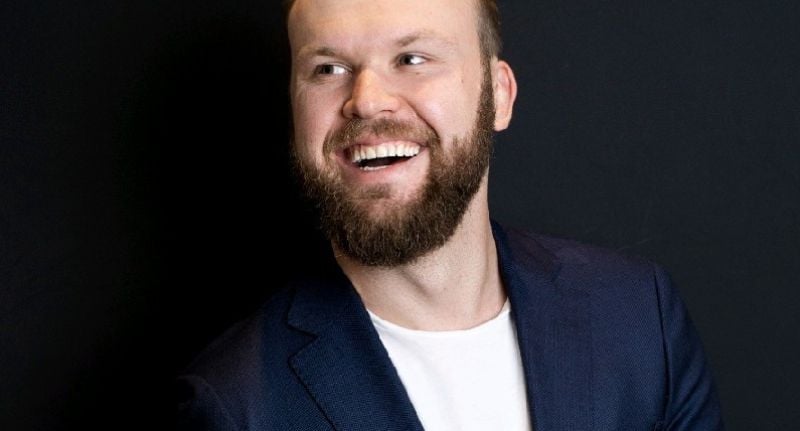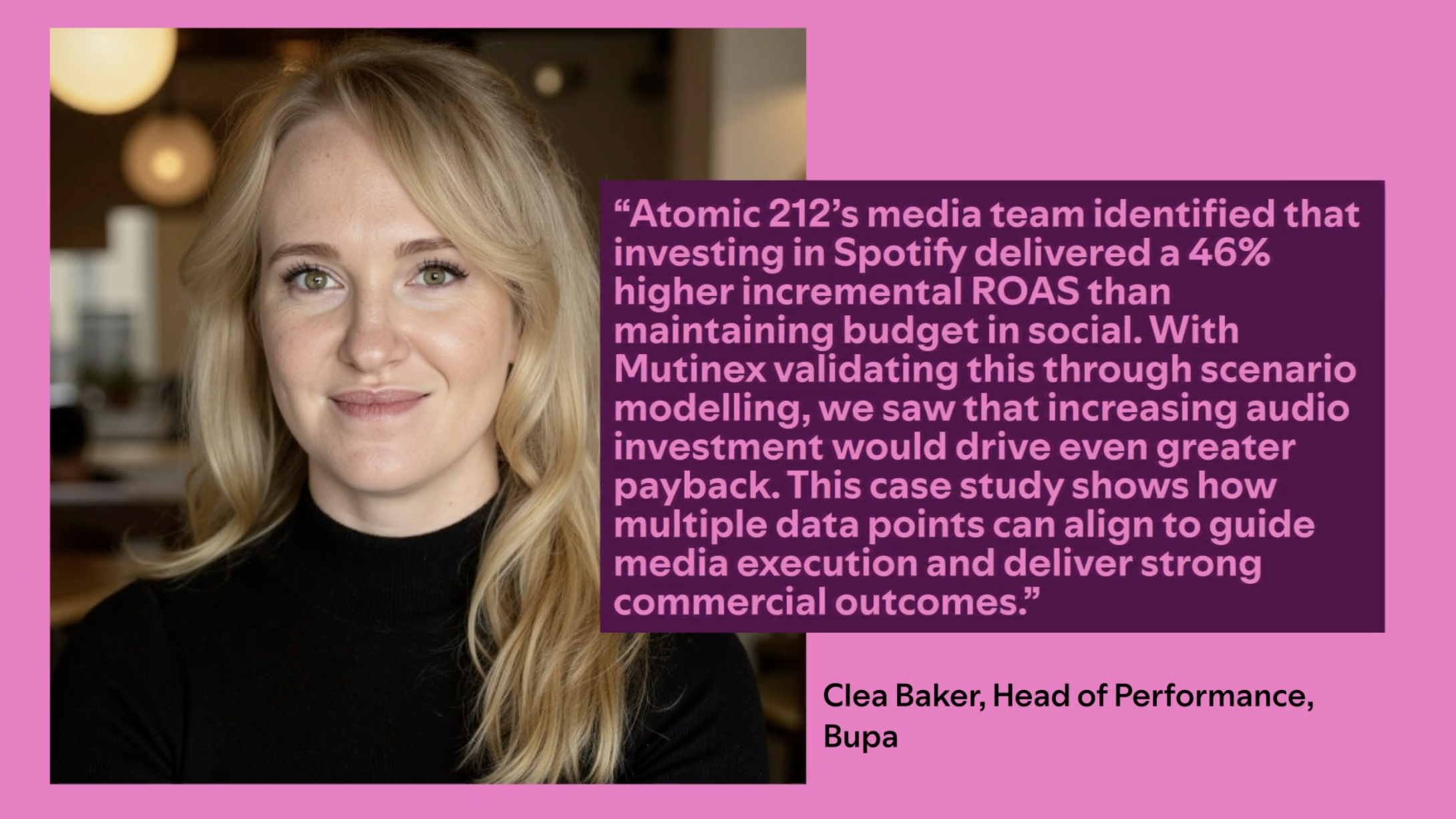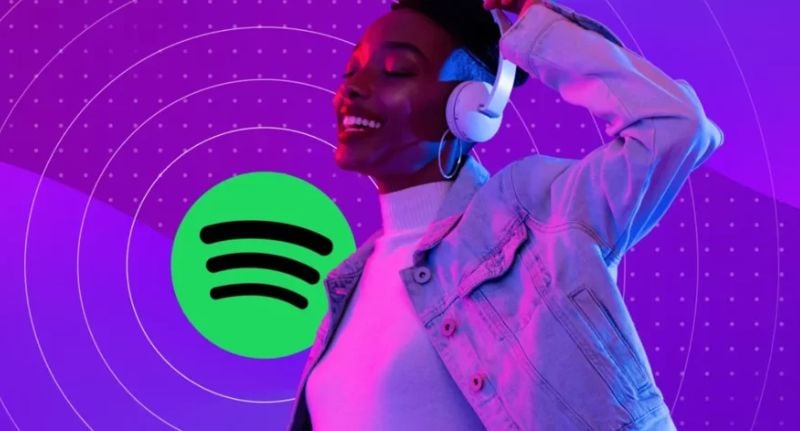Spotify has unveiled new research suggesting its platform outperforms social media across key advertising measures, from attention to memory and long-term impact.
The global-first study, led out of Australia in collaboration with Neuro-Insight, Adelaide, Mutinex and Yahoo DSP, found Spotify delivered twice the attention of social platforms (Adelaide) and 51% higher engagement and deeper memory encoding (Neuro-Insight).
Ads also generated stronger emotional responses and delivered impact that lasted 50% longer. Importantly, Spotify ROI was positive, with a +46% incremental ROAS.
Sophistication of the Australian market
Jan Bojko, Spotify’s Head of Advertising Research & Measurement, told Mediaweek that Australia’s maturity as a market made it the right place to run such a study.
“Spotify has been pushing a lot more inventory in our formats to be available through various DSPs, and we’ve seen a huge uptake in Australia due to the sophistication of the market,” he said.
“So it’s kind of a no-brainer for us. If the maturity is there for audio, the maturity is there for programmatic. Let’s throw in the suite and measurement solutions we have at our fingertips to get a broader understanding of what this medium does.
“We’re very fortunate in Australia, not only from an audio perspective but also from a measurement perspective, to have so many vendors available to give us rich signals on true impact,” he said.
This sophistication, Bojko explained, set the stage for a deeper partnership with Bupa, Yahoo, Atomic 212, and research vendors to test how audio performs across contexts.

Jan Bojko, Spotify’s Head of Advertising Research & Measurement
Engagement that extends to advertising
Spotify’s strength, according to Bojko, is in how integrated it has become in people’s daily lives.
“We’ve seen through research, not only in Australia but globally, that we’re the number one home screen app,” he said.
“So people have this Spotify experience, whether they’re listening to music, watching video podcasts, listening to audiobooks – they’re integrating it within daily life. If they’re getting ready for work, entertaining kids during school holidays, or need a breather during events and celebrations, we can see that engagement from a consumer perspective.”
The research didn’t just measure audience response to content, it also highlighted how advertising benefits from what’s known as the halo effect.
Bojko explained: “The ads you serve, when and how often, clearly make an impact – and that’s reflected in the metrics.”
In other words, the placement and frequency of ads don’t just sit alongside the content; they actively shape how audiences engage and how results are measured.
What attention and neuro research reveal
Bojko also highlighted the role of attention and neuroscience in understanding the results.
“Attention and neuro research have been around for some time, but maybe not part of media planners’ and brand managers’ day-to-day,” he said.
“Generally speaking, attention has been positioned as a new way to rank the engagement with different kinds of ad formats.”
Neuro-Insight’s methodology involves participants wearing instruments that measure brain activity during ad exposure.
“They’ve identified the parts of the brain that light up when different reactions are happening – whether you’re having an emotional reaction, when you’re engaged or leaning into the content, and also when memory is being retained for further use,” he said.
The reporting gives brands an advertisers the ability to see these additional methodologies that from a different perspective, not just on short-term outcomes, but also on long-term brand strategy.
The Bupa campaign results reinforced this.
Spotify saw a 51% increase in content engagement, a 7% rise in ad engagement, and between 1.7x and 1.9x higher attention compared with social.
Bojko said these metrics suggest “one exposure goes much further because it has a different impact.”

Sonic branding and consistency
Audio’s ability to encode memory was also on display.
“We were actually able to see the audio spot specifically, as that audio spot is playing, you can see the peaks and troughs in memory,” Bojko said.
“That memory encoding metric peaked when the Bupa brand name was spoken at the start and end of the spot, as well as when their sonic identity played.
“So being able to reinforce that across other mediums as well as audio-based platforms, and then being able to see it measured on Spotify using that neuro methodology, really shows how investments in audio can pay off, especially when you’re consistent and using it across multiple channels.”
For Bojko, the results demonstrate how brands can lean into culture and fandom to drive outcomes: “When brands meet consumers in the right places and moments, whether they’re commuting, celebrating or switching off, the message lands differently. That’s where audio can deliver real advantage – not just in attention today, but in memory and brand building over the long term.”
